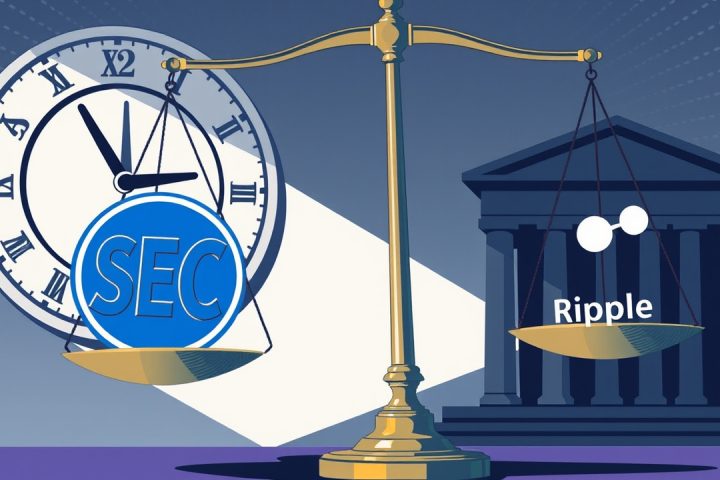Concerns Over Stablecoins
A high-ranking official from the Bank of Italy has expressed strong concerns regarding the risks associated with stablecoins introduced by multiple issuers across various countries. Chiara Scotti, deputy director at the bank, spoke during the Economics of Payments Conference held in Rome and emphasized the necessity for stringent regulations that align with jurisdictions having equivalent standards to protect the European Union’s financial system.
Risks and Regulatory Recommendations
Scotti warned that stablecoins produced under a single brand but issued in different nations could lead to heightened liquidity; however, they also present “significant legal, operational, liquidity, and financial stability risks,” especially if one of the issuers operates outside the EU. She noted,
“This setup could potentially boost global liquidity and scalability, but the associated risks to legal frameworks and financial stability within the EU are considerable.”
To mitigate these risks, she advocates for limiting such multi-issuer stablecoins to jurisdictions that maintain comparable regulatory frameworks, ensuring redemption at par, and establishing cross-border crisis management protocols.
Current Regulatory Environment
In the current regulatory environment of the EU, stablecoins are governed by the Markets in Crypto-Assets Regulation (MiCA), which requires issuers to be authorized within the EU. Tokens are categorized either as asset-referenced or e-money tokens, subjecting them to strict guidelines on reserves and governance, while algorithmic stablecoins are prohibited. Scotti’s remarks suggest a concern that the multi-issuer stablecoin structure might undermine these existing regulations aimed at maintaining financial integrity.
Potential Benefits and Limitations
Despite the potential risks, Scotti acknowledged that stablecoins hold promise as tools that could lower transaction costs and enhance transactional efficiency, making them available around the clock. However, she firmly stated that only stablecoins directly pegged to single fiat currencies should be regarded as viable payment alternatives, citing their ability to offer consumer protection through guaranteed redemptions at face value.
Broader European Perspective
The Italian regulatory perspective aligns with broader European apprehensions regarding the emergence of stablecoins. Italy’s financial oversight body, the Commissione Nazionale per le Società e la Borsa, has advocated for the expansion of regulatory control over crypto entities to the European Securities and Markets Authority in Paris, joining counterparts from France and Austria.
Future of Digital Currency
In late May, Fabio Panetta, an ex-European Central Bank official who currently serves as the Governor of the Bank of Italy, posited that a euro-based central bank digital currency would serve as a more effective solution to the challenges posed by the rising use of cryptocurrencies than existing regulatory measures aimed at cryptocurrencies themselves. This discussion comes after an April report from the Bank of Italy that highlighted the risks affiliated with stablecoins and the exposure of non-financial firms to cryptocurrency fluctuations, especially if the popularity of dollar-pegged tokens were to escalate, potentially leading to systemic risks that might impact the global financial landscape.
Italian authorities have been cautioning about the implications of stablecoin regulations in the US as well, with Economy and Finance Minister Giancarlo Giorgetti alerting that such policies could jeopardize the euro’s standing in the global financial system.




